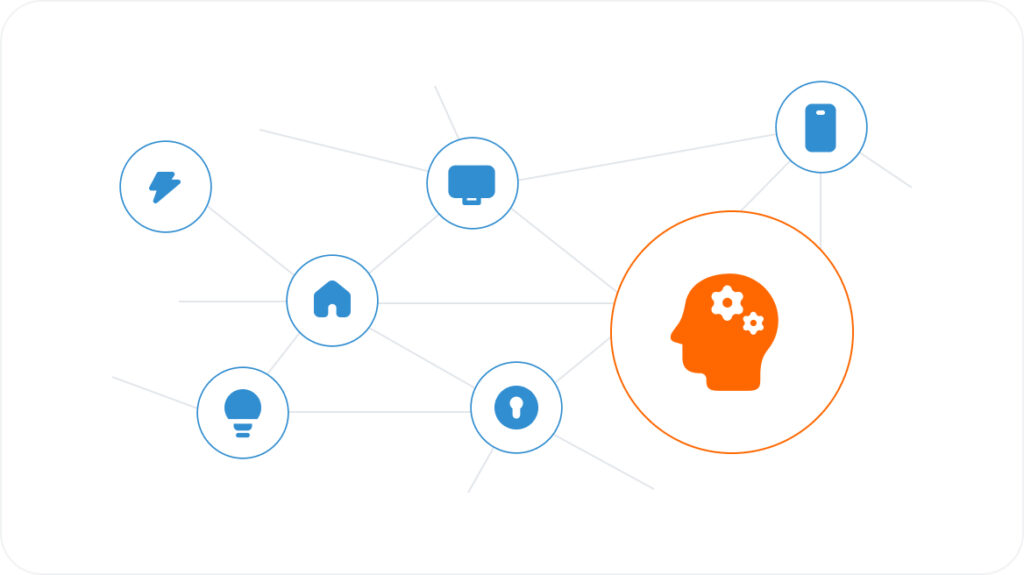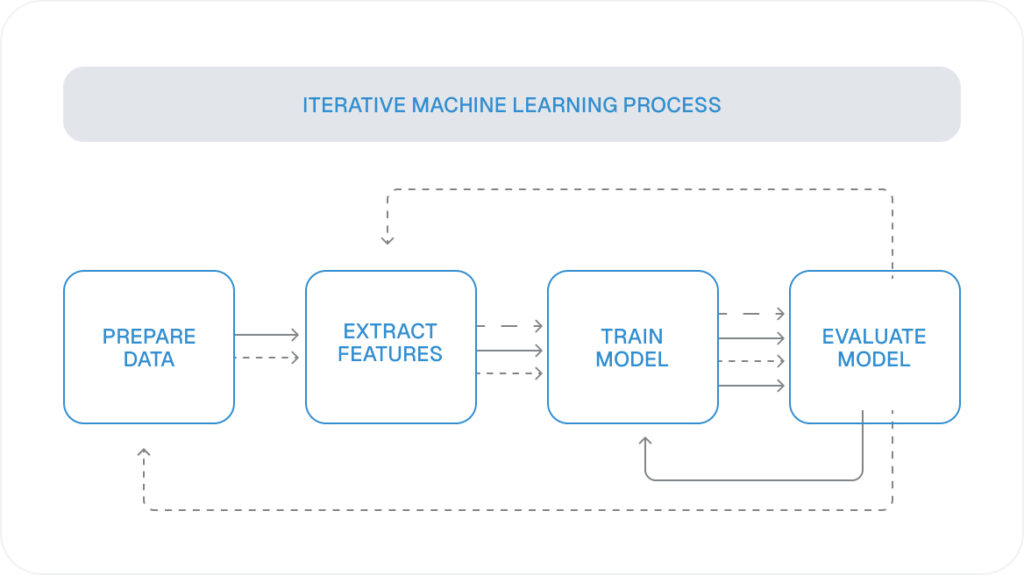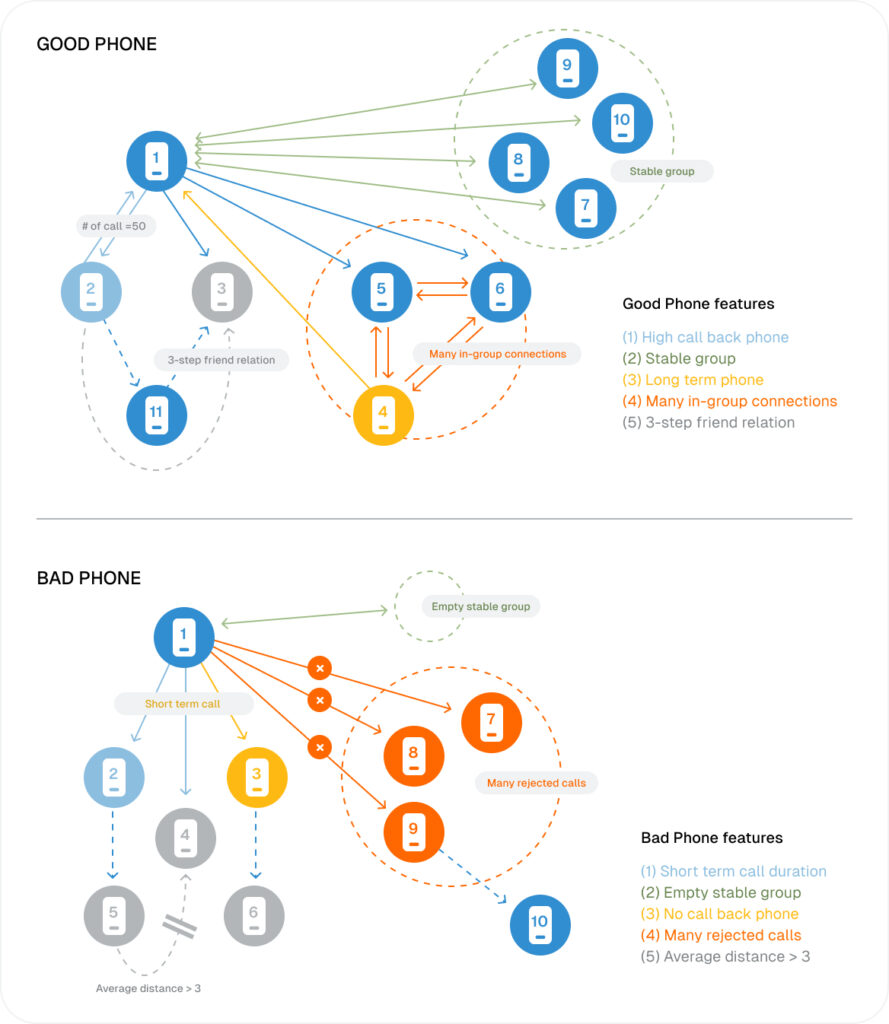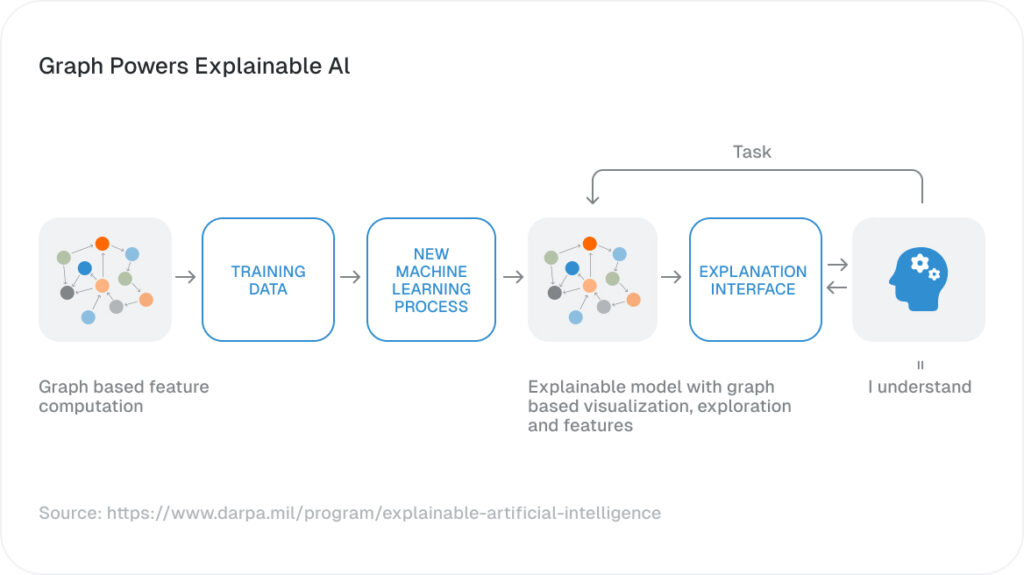

Improve Machine Learning and Explainable AI With a Graph Database
Estimated business value from AI in 2021
Executives Implementing AI within 3 Years
Expenditures on AI and ML by 2021
Graph Machine Learning Has the Potential to Transform Businesses
Many organizations are using artificial intelligence (AI) and machine learning (ML) to provide them with competitive advantages. Businesses are expected to spend $57.6 billion on AI and ML by 2021 and to reap $2.9 trillion in business value as a result. Artificial intelligence and machine learning are behind the headline-grabbing applications such as self-driving cars and virtual personal assistants (such as Siri and Alexa), but they are also providing better performance and cost savings for universal tasks such as online chat and customer support, product recommendations, design support, and fraud detection. For enterprises, the decision has become not whether to use machine learning, but where to use it and how to do it well.
Read More
Legacy Approaches to Machine Learning Are Insufficient


Database for for Powering Artificial Intelligence and Machine Learning?
Develop Machine Learning Features With Develop Machine Learning Features With

Improve Explainable Artificial Intelligence With Graph Analytics

